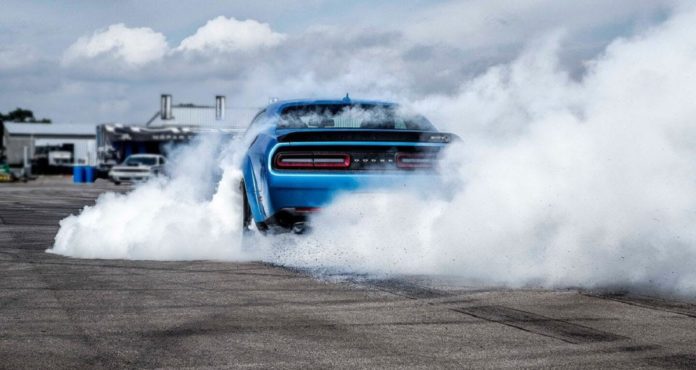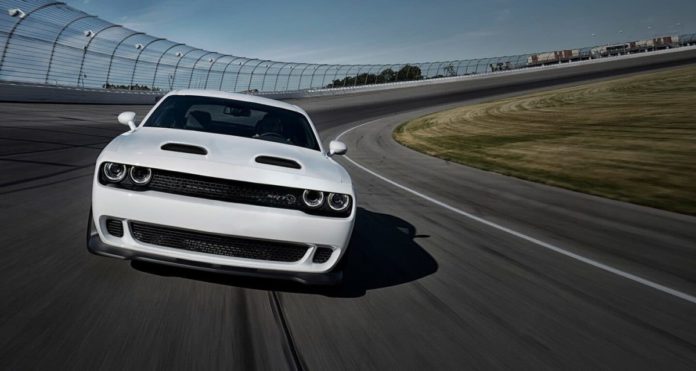
The influence of electrification strikes again—the next generation of the Dodge Challenger will reportedly incorporate electrification in some way.
This intriguing update was brought to light in a recent interview with Fiat Chrysler CEO Mike Manley in The Detroit News.
According to Manley, the “clock is ticking” on the vehicle’s current chassis and engines, thus propelling the move toward electrification. At present, the Challenger utilizes Chrysler’s LX architecture, which is over a decade old.
“The reality is those platforms and that technology we used does need to move on. They can’t exist as you get into the middle-2020s.”
Understandable? Yes. But is it necessary to incorporate electrification in the rebuild process? Maybe, maybe not.
Despite the pull toward new technology, the Dodge Challenger is actually up in sales in 2018, supporting the notion that people still dig the old-school muscle car. The main motivation for Challenger electrification, it seems, is to keep up with the auto climate and to maintain competitive against its peers.
The Ford Mustang is reportedly getting a hybrid version in the next model year, and the Chevy Camaro is slated to follow suit shortly after.
However there’s a lot of speculation on the integration of electrification in the muscle car segment in general. People are either for or against – with strong feelings on both sides.
For
Let’s take a look at the pros. A common misconception is that the infusion of electrification in the industry is mainly for fuel efficiency. While true, it also has the capability to boost performance metrics.
Manley continues, “Electrification deployed to increase the performance of the vehicle as its primary goal – with the added benefits of fuel economy – is very different, instead of the other way around.” Brands like Audi, Tesla, and Porsche are prime examples of the success of this notion.
Rest assured, electrification won’t be the “dominant part.” It is the Dodge Challenger after all; it will still retain some of its muscle car heritage.
However, let’s not forget the 2019 RAM 1500 went against the grain with the introduction of eTorque, a mild-hybrid system. A first for its class, it challenged the classic performance approach of the pickup truck. So far, it’s proven its worth.
Against
Now, let’s play devil’s advocate. Muscle cars are a staple of America, known for their high-output engines and performance-oriented systems that instill that rugged feel we know and love.
Does adding electrification shatter that perception? We’d argue yes and no.
Kelley Blue Book analyst Karl Brauer states:
“There’s a long-standing rule about what constitutes American muscle, but electrification is not part of it.”
And on the flip side, Manley comments, “I think that electrification will certainly be part of the formula that says what is American muscle in the future.”
Is the hesitation simply because enthusiasts don’t want to see the classic muscle car design stripped of its potent engine lineup and rugged capability? Essentially, what makes a muscle car, a muscle car?
Regarding the Challenger’s future, one thing is for sure, “What it isn’t going to be is a V-8, supercharged, 700-horsepower engine.”

What Now?
Don’t expect to see an electric Challenger any time soon. According to Manley, it won’t be rolled out until the mid 2020s, which is still a ways away. There was also no word if a gas-powered Challenger will remain on the market alongside a new hybrid/electric version.
Either way, it brings up the question, does electrification mark the end of the muscle car era?
Source: The Detroit News